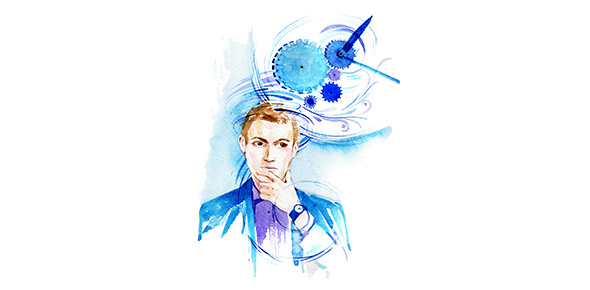Related Flashcards
Related Topics
Cards In This Set
| Front | Back |
|
Is the psychometric function smooth or step? What is it a plot for?
|
Plots percent correct (y) against variable intencity (x)
Smooth curve |
|
What is threshold considered for a psychometric function?
|
50% correct line (halfway between highest and lowest performance)
So: for a four choice forced choice method: chance = 50% so 3/4 would be threshold eight choices: 4/8 is chance 6/8 is threshold 16 choices: 8/16 chance 12/16=threshold CHANCE = 50%/ Threshold = 75% |
|
What is the percent correct range for a minimum detection type test?
|
0-100%
|
|
What varies in a method of constant stimuli?
|
INTENSITY: changes randomly: takes a long time
|
|
What is the ONE method that minimized potential damage by variable threshold criteria?
|
forced choice method
|
|
Signal detection theory
|
Detectability = difference between the S+N distribution and the N distribution
If larger stimulus = increase S and difference between S+N distribution compared to N distribution is LARGE, increasing detectability |
|
Method of ascending limits:
|
Useful for dark adaptometry: may have observer anticipation
|
|
Method of descending limits
|
Used in visual acuity: may be contaminated by observer anticipation
|
|
Staircase method
|
Used in VF testing (automated)
|
|
What method does NOT have the flaw of observes different criteria in seeing a stimulus?
|
The forced choice method
4 alternative forced choice: observer forced: chance performance = 25%, so threshold is midway between that and 100%, being 62.5% **forced choice typically results in lower threshold |
|
Signal detection theory:
|
Have to tell SIGNAL from SIGNAL + NOICE
The LARGER the signal, the easier it is for the observer to distinguish the signal plus the noice from the noise alone As the signal becomes larger, the distributions of N and N+S become further apart and detectability increases With very LARGE d', there is NO overlap of the distributions, so no uncertainty in whether stimulus is present |
|
Lax criteria:
|
Leads to many false positives, but high sensitivity b/c never really miss one
|
|
Strict criteria:
|
Much further right, fewer hits, but fewer false + so high SPECIFICITY
Specificity: disease absent=negative |
|
What does an ROC curve help determine?
|
How criteria affects detectabilityVertical: probability the observer correctly detects the signal Hits
Horizontal: probability of false + |
|
As detectability INCREASES, the ROC curve
|
Becomes MORE CURVED (Signal = larger, so S+ N curve more easily decifered from N curve)
|





